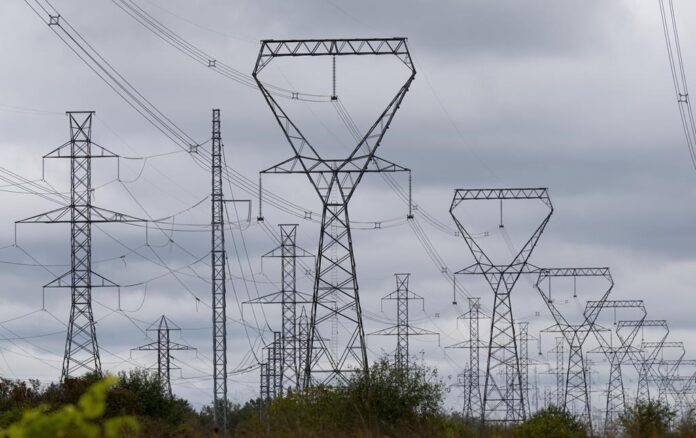“In February, Canada faced a startling reversal of roles as it imported more electricity from the U.S. than it exported. This shift was a result of prolonged dry conditions that significantly reduced hydroelectric power generation in the country after an eight-year streak of being a net electricity exporter. Let’s delve deeper into the implications and factors surrounding this unprecedented occurrence.”
**The Impact of Dry Conditions on Electricity Generation**
Statistics Canada reported a 4.9 per cent decrease in electricity generation in Canada compared to the previous year, attributing this decline to the prolonged drought affecting hydroelectric power production. With a year-over-year drop of 12.5 per cent, hydroelectric generation took a significant hit, leading to an overall decrease in electricity production across the nation.
**Changes in Electricity Trade Dynamics**
The numbers revealed by StatCan showed that Canada imported 2.7 million MWh of electricity from the U.S., surpassing the 2.6 million MWh it exported. This marked the first time since 2016 that imports exceeded exports, with imports spiking at 124.1 per cent above average levels for February 2024. On the other hand, exports plummeted by 44.8 per cent below average levels for the month.
**Variations in Regional Contributions**
The impact of these changes varied across provinces, with Quebec, Ontario, and New Brunswick witnessing significant declines in electricity exports. Quebec, in particular, saw a substantial decrease of 61.6 per cent compared to the same period in 2023. Conversely, British Columbia experienced a surge in imports by 46.6 per cent, showcasing regional disparities in electricity trade dynamics.
**A Shift in Energy Consumption Patterns**
The Canadian Energy Regulator revealed that the average energy consumption per individual in 2019 was 15 MWh, with Quebec leading at 24 MWh per person. These numbers raise questions about energy usage patterns and the necessity for sustainable practices amidst fluctuating electricity trade scenarios.
In conclusion, the recent shift in Canada’s electricity trade dynamics serves as a stark reminder of the interconnectedness of energy production, climate conditions, and regional economic implications. As the country navigates through challenges posed by climate change and energy sustainability, it becomes imperative to adopt resilient strategies that prioritize environmental conservation while ensuring a stable energy supply for the nation.”
Reference













